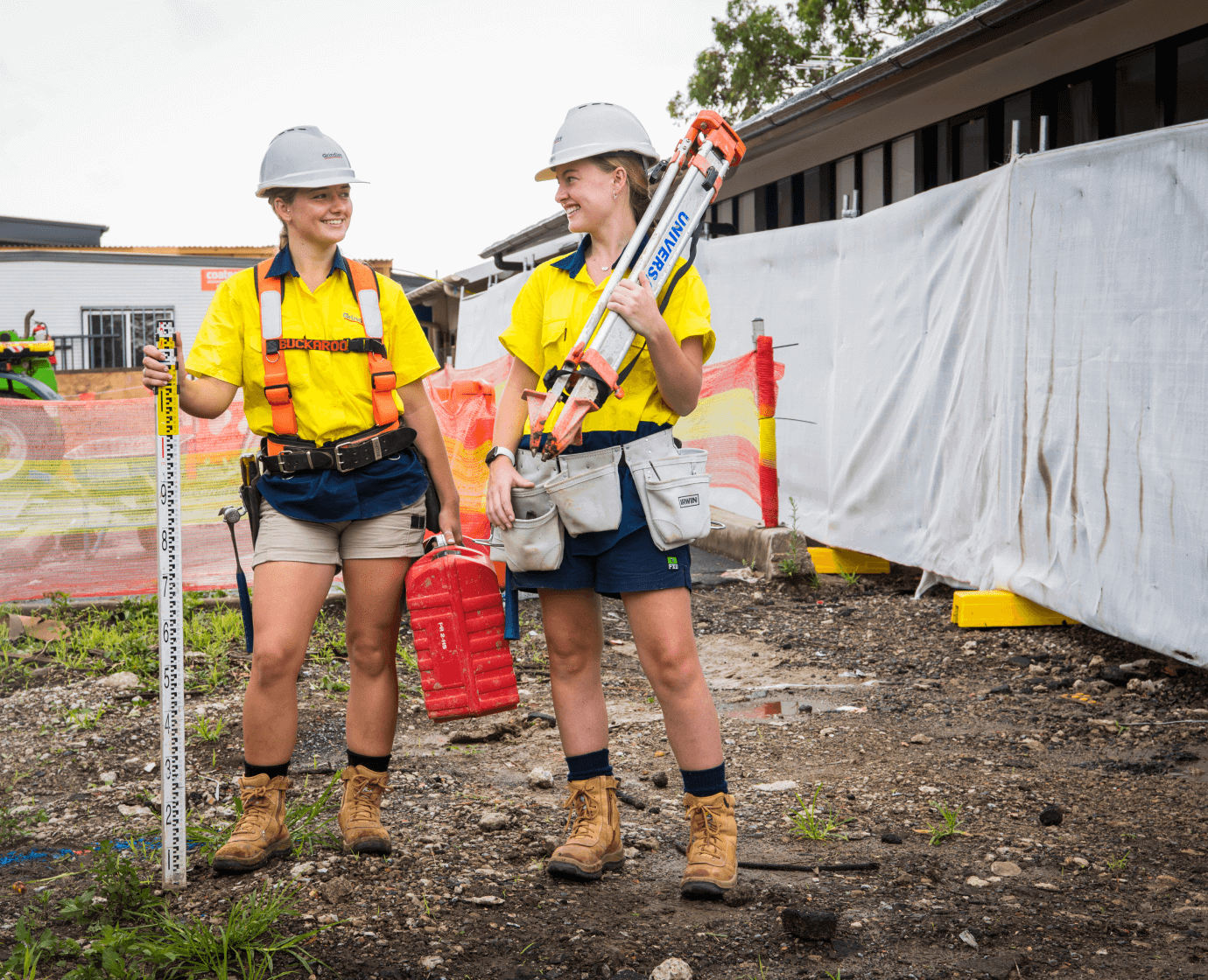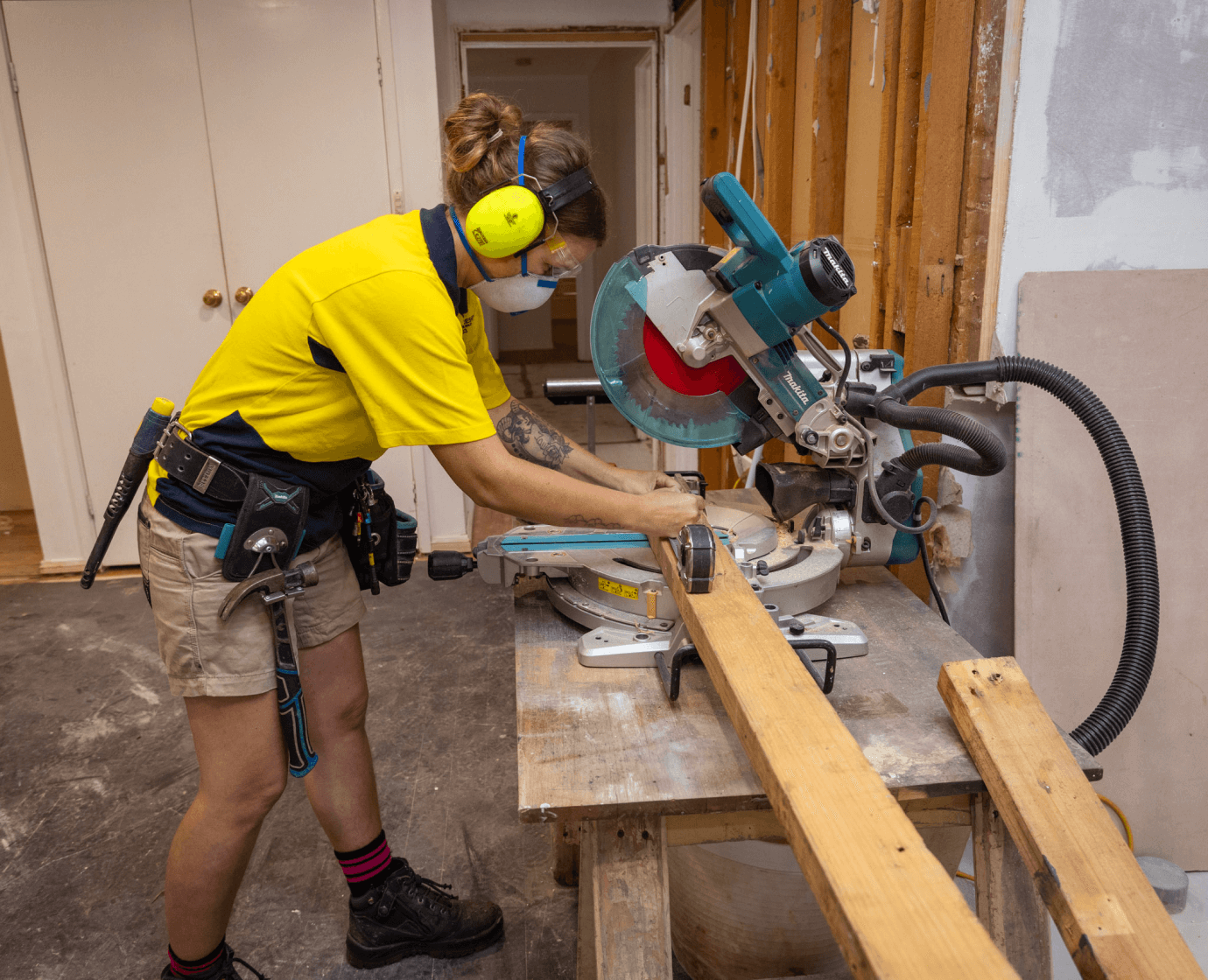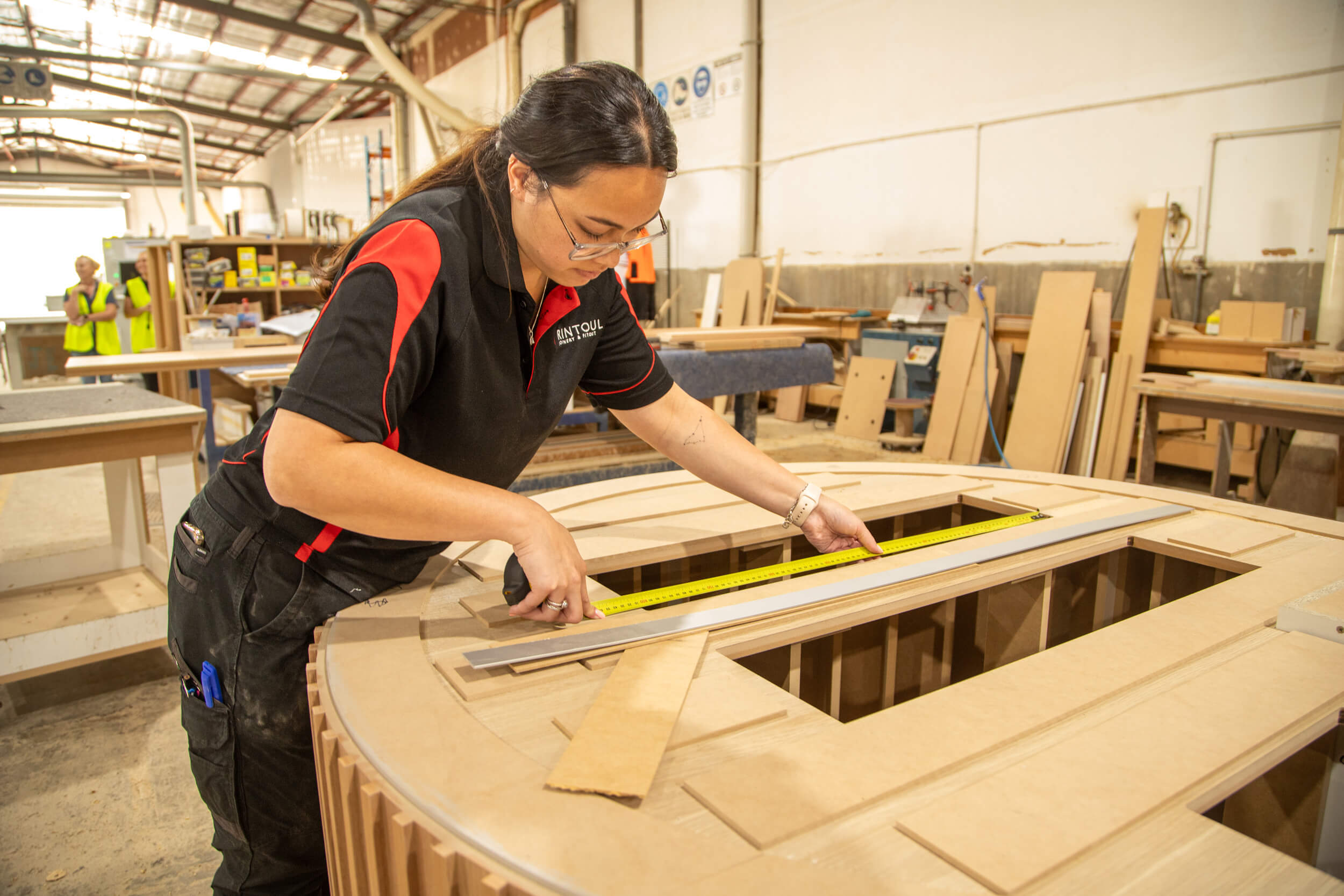
Overview
As the construction industry evolves, fostering diversity becomes imperative for growth and innovation. Hiring women in construction contributes to a more inclusive workforce and taps into a vast talent pool.
Recognizing the need to bridge the skills gap, leading organisations establish relationships with schools, universities, and community groups to promote awareness of career opportunities for women. Activities range from engaging with schools to partnering with industry-specific forums, all aimed at encouraging more women to explore and pursue roles in traditionally male-centric industries. These proactive initiatives aim to diversify the talent pool and foster gender inclusivity in male-dominated sectors.
Job advertisements that attract women to apply

Crafting inclusive job advertisements
- Redefine the message
Job ads reflect organisational culture. They should appeal to women by showcasing inclusive values and a commitment to gender diversity. - Visual representation
Use imagery showcasing women in non-traditional roles to break gender stereotypes and attract female applicants. - Language matters
Employ gender-neutral language in ads and promotional material to encourage women to apply.
Strategic placement of advertisements
- Diverse channels
Move beyond traditional advertising spaces. Utilise social media platforms frequented by women, target female-centric publications and engage in non-conventional advertising avenues.
- Influencer targeting
Reach out to educators and parents as influencers, positioning job ads where they’re likely to catch their attention.


Engaging and providing information
- Interactive communication
Engage directly with young women through mentorship opportunities, allowing them to interact with female employees in non-traditional roles.
- Educational outreach
Foster partnerships with schools, colleges, and universities to promote non-traditional career paths to young women.
Showcasing women’s success stories
- Highlighting achievements
Share success stories of women thriving in male-dominated industries through case studies and profiles.
- Awards and recognition
Celebrate and publicise individual and organisational achievements that focus on supporting women in non-traditional roles.


Building relationships and networks
- Community engagement
Partner with community organisations and industry networks to promote career opportunities among women.
- Scholarships and internships
Offer internships, scholarships, and sponsorships to engage young women and encourage them to consider long-term careers in male-dominated sectors.
Outreach through education and training
- Engage with educational institutions
Collaborate with schools, TAFEs, and universities to provide work experience, mentorship, and networking opportunities for female students.
- Promote apprenticeship programs
Encourage women to participate in apprenticeship programs and offer support for long-term career progression after the program.

Conclusion
Employers have a crucial role in transforming male-dominated industries into inclusive spaces where women thrive. By implementing these strategies, organisations can attract, retain, and support female talent, fostering diversity and innovation while addressing the persistent skills shortage in these sectors.
Useful links
NSW Women In Construction
Apprenticeship Support Australia
Employers Smart and Skilled
Employers funding apprenticeships / traineeships
Resources for employers to prevent discrimination and promote diversity
Employing and supporting women in your organisation
Steps to employ an apprentice or trainee
Master Builders NSW need an apprentice